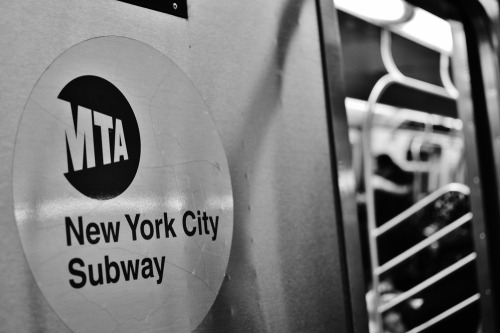
Officials from New York’s Metropolitan Transportation Authority (MTA) recently released a detailed analysis of Long Island Rail Road (LIRR) and Metro-North Railroad ridership in 2022.
LIRR ridership totaled 52.5 million. This was 57.6 percent of 2019’s prepandemic ridership. Reverse-peak ridership increased 35.9 percent in the morning and 33.2 percent in the afternoon/evening.
Every LIRR branch grew by double digits. The fastest growing branches were the Oyster Bay Branch, 66.1 percent; West Hempstead Branch, 61.8 percent; Port Washington Branch, 59.1 percent; Hempstead Branch, 58.7 percent; and Port Jefferson Branch, 50.3 percent.
Metro-North ridership totaled 48.9 million. This was 56.4 percent of 2019’s prepandemic ridership and 31.3 percent more than in 2021.
“These numbers paint a picture of a healthy ridership recovery that is in part being fueled by strengthening of off-peak, discretionary, leisure, and non-commutation travel as riders increasingly opt for the railroads for their convenience, reliability, and environmental benefits,” said Catherine Rinaldi, Metro-North Railroad president and Long Island Rail Road interim president. “With the continued post-pandemic strengthening of in-office work and the opening of Grand Central Madison in early 2023, allowing direct cross-railroad travel for the first time, I predict even stronger numbers in 2023.”
An increase in ridership is partially attributed to service information and ticketing, and fare discounts.